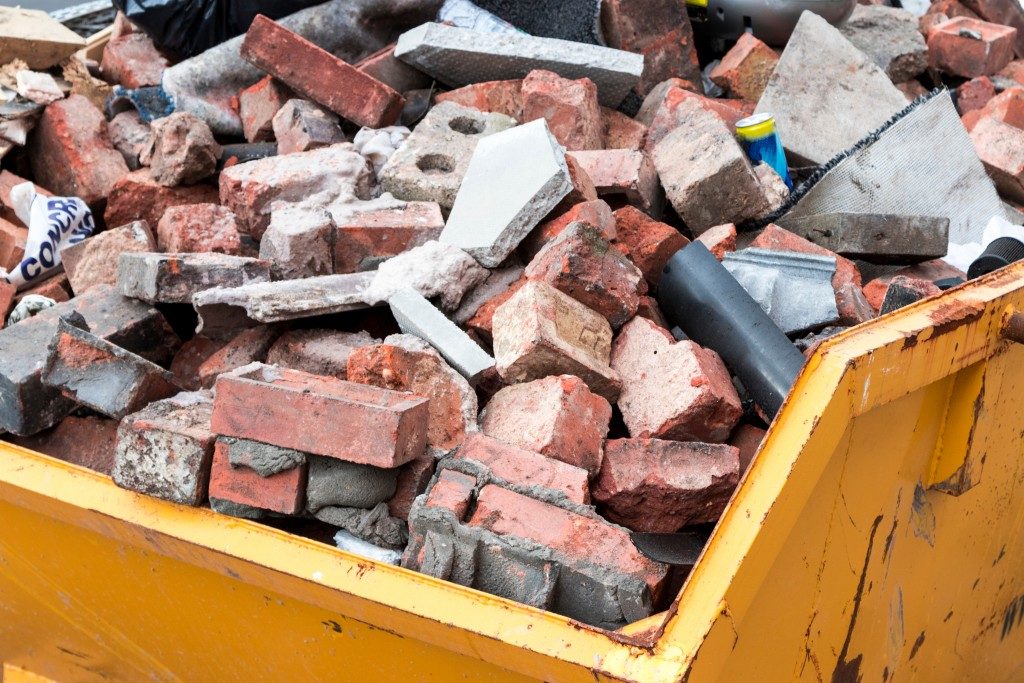Do you know that a huge percentage of construction materials fill up landfills during the clearing operations? According to research, about eight to 10 per cent of wall and floor tiles are being wasted? The main causes of wastage from the floor and wall tiles are off-cuts, over-ordering, and breakage. Since construction waste puts a huge strain on the environment, contractors need to adopt measures that will lessen the waste they produce on the site.
With the use of tiling tools in Australia and other countries, even homeowners can recycle the old floor and wall tiles from their houses. Surely, construction workers can do the same for the tiles that they have wasted. If it’s a renovation, the workers can remove the tiles more carefully so that they can be reused again in other parts of the house. The contractor can also send the old tiles to a recycling centre as long as not much of the adhesive remains underneath them.
It’s bad enough that sourcing and manufacturing of building materials burn fossil fuels and coals at an alarming rate and deplete the earth’s natural resources. But mishandling the materials and wasting them should be a no-no in the construction industry.
Slower Demolition Periods

When the contractor meets the client for the first time, one of the important points they will discuss is the timeline of the project. The contractor should explain to the client that their services require a slower demolition period (for existing buildings) because they want to preserve the integrity of the construction materials. This will make the materials more reusable and recyclable. At times, these materials can be reused for the construction of the new building, saving costs on the part of the client.
With some good explanation, the client might be willing to adjust the timeline of the project. After all, it benefits them in the end since some of these materials can be sold, reused, or donated (and declared in the income tax returns).
Training the Staff
The construction workers should be well-trained in handling the ceramic and porcelain tiles since these can easily break. When they do break, the workers will put them on the trash pile, and they’ll just fill up the landfills when it’s time to clear the construction site. But if the workers know the proper handling and transportation of the building materials, these instances will be lessened.
Recovering the Materials
Another thing that the construction workers must be trained in is the recovery of the building materials for reuse and recycle. They should be able to tell which materials can be reused and which should be put in the waste pile. That will help garbage collectors identify materials that they’ll send to recycling facilities and those they will bring to the landfill.

Of course, it doesn’t need to be said that potentially hazardous waste should be packed separately and labelled accordingly. It is always the trash collectors and recycling workers who suffer from cuts, abrasions, and accidental exposure to harmful metals and chemicals because of the irresponsible way trash is being put in the bins.
The construction industry should take it upon itself to adopt the best practices in terms of reusing and recycling building materials. The industry is known to be one of the biggest producers of pollutants. It should be its responsibility to make sure that waste is being reduced on the job site.

